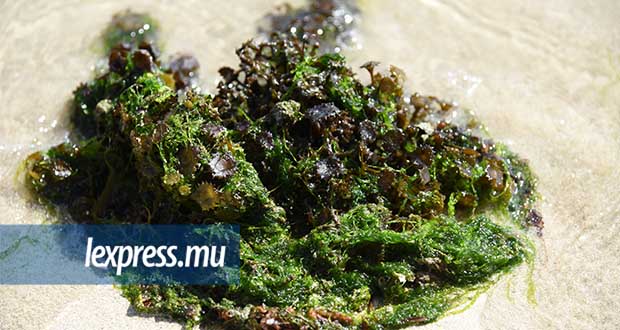Publicité
Seaweed – good for you, good for the planet
Par
Partager cet article
Seaweed – good for you, good for the planet


Who doesn’t remember walking along the Mauritian coast and finding washed-up remains of seaweeds everywhere, some decades ago? Little did we know at the time that this is a miracle plant.
Seaweed has been eaten for centuries as it is a highly nutritious food, containing high levels of protein, iodine and other key minerals. Seaweeds are delicious eaten raw or added to salads and soups. Seaweed is a superfood packed with a multitude of macro and micronutrients such as omega-3, iodine, protein and fibre. The Chinese, Japanese and South Korean people eat seaweed every day and seaweed is believed to be the secret ingredient to the healthiest population of people in the world, in Okinawa, Japan. It is so good for gut health in animals as well as humans that it can reduce methane emissions when fed to cattle, by over 80%.
“Seaweed farms in oceans act like rainforests on land – they breathe out oxygen and give life. It is a very sustainable form of aquaculture…’’
A world class seaweed industry can be set up to regenerate oceans and create jobs in coastal communities. The Mauritian Govt must set up a Seaweed Institute and seek to establish seaweed ocean farms and bio-innovation for Mauritian native seaweeds. The Institute will spearhead industry development through collaboration with growers, re- searchers, businesses and government to create a model for sustainable ocean aquaculture and, in parallel, develop the market for the end products and research programs needed to position Mauritius as a global leader.
We must learn from the inspiring stories of new seaweed communities that are popping up in USA, Europe and Asia to provide new jobs and protect the local environment. Seaweed is a valuable product and is used in food, cosmetics, animal feed, bioplastics and organic fertilisers. Also, clothing, shoe fabrics and replacements for plastics products are now being made from seaweed in some countries.
Seaweed skincare has grown exponentially and it’s no surprise given its high concentration of vitamins, minerals, amino acids and antioxidants. Seaweed products are famous for their anti-aging and calming anti-inflammatory benefits. Its ability to regenerate itself at high rates makes it a powerful skin renewal ingredient, while also providing high doses of moisture. In the London Marathon recently, plastic bottles were replaced with seaweed pouches of sports drink in order to reduce the pollution footprint of this huge event.
Growing seaweed in the ocean does not damage or degrade the environment like intensive fish farming can harm our tourist industry. There is no fresh water required, no feed or fertiliser is added and there is no waste stream. Better still, seaweed ocean farms actually regenerate oceans by taking up the carbon dioxide and pollutants from the water and seaweed provides habitat for marine life to flourish. Seaweed farms in oceans act like rainforests on land – they breathe out oxygen and give life. It is a very sustainable form of aquaculture and one we will see more of in coming years because seaweed ocean aquaculture is the most sustainable choice.
Publicité
Les plus récents






